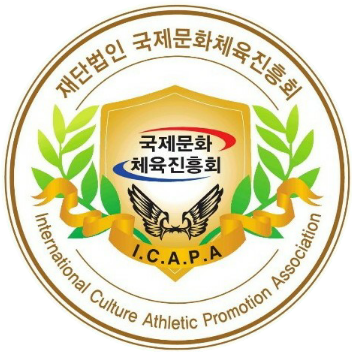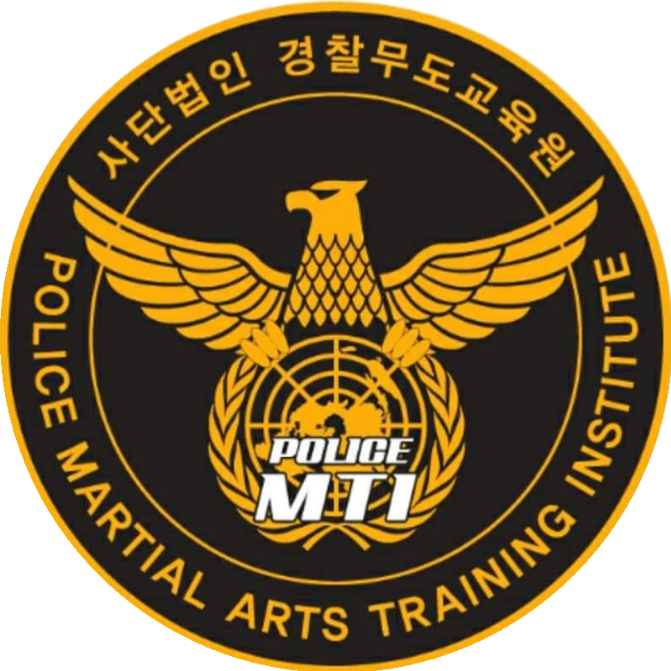POLICE MARTIAL ARTS TRAINING INSTITUTE
Fostering new intellectuals through mental and cultural education, improving patriotism and affection through youth development
About Police MTI
Goal of establishment
⇨ Systematic establishment of police martial arts, development of educational content, research and dissemination of new technologies, vitalization through the cultivation of leaders, and the discharge of experts, contributing to regional crime prevention and crime prevention, and improving performance and confidence by holding related games and competitions. It aims to form a field of teamwork and harmony, and further contribute to the public interest and development of the national society.
Slogan
⇨ “Creating a beautiful future through the upbringing of the right youth”
Goal
⇨ Fostering new intellectuals through mental and cultural
education, improving patriotism and affection through youth
development
What is police Martial Arts
⇨ What is police Martial Arts? It is a martial art that systematically establishes and utilizes only the merits of each martial art trained in the military and police to protect individuals and maintain the safety and security of the public.
History of Police Martial Arts
⇨ Geumo-wi (金吾衛) in Goryeo, the left and right Podocheong in the Joseon Dynasty, the Governor-General of the Joseon Dynasty in the Joseon Dynasty, the Police Department after the liberation, and the National Police Agency. There was no same police system.
⇨ As Joseon was a country with a scholarly culture based on Confucianism, the people who practiced martial arts were those with the status of soldiers, officers, or policemen compared to modern times.
⇨ Since the Goryeo Dynasty was a society of consensus, Sungun and Sambyulcho were in charge of public security. In the Joseon Dynasty, when Joseon was opened in 1392, Sungun Manhobu (巡軍Police officers' duties (Soon-jak, always patrolling, Grape, arrest, Geumran, and security maintenance) were assigned to the 萬戶府). This was Korea’s first professional police agency.
⇨ After that, the “Left and Right Grape Office” was installed in Seoul, which is tasked with grapes and night patrols, and the police work was taken over by the “Grape Office” (捕盜廳)
⇨ In the case of local areas, Toposa (討捕使), which local officials, such as the leader or campsite, are in charge of the police affairs. Podocheong was created around Seongjong, became an official system in 1528, and became a professional police agency until it was abolished by Gab-Okyeongjang in 1894.
⇨ In addition, as a local policing organization, the Ogajak Control was implemented, and after the Gap-Oh Gyeongjang in 1894, the Podocheong was abolished, and a police agency called the Gyeongmucheong was established in conjunction with the Podocheong, and the modern police system was established
⇨ It must be the tradition that went back to the history of the police and was in charge of security affairs, but the martial arts used by the police to maintain security have repeatedly developed as practical comprehensive martial arts that require many technological changes according to the times.
As described above, it existed as a martial art of arrest and self-defense during police work, and now, it has been integrated and developed with the development of healthy and healthy youth along with technical and mental acquisition through new technology research, training, and education suitable for changes and demanded times. It is approaching popularization by establishing technology.
Police Martial Arts Training Institute Membership
PoliceMTI offers an exclusive E-certificate to its members. To qualify for this certificate, individuals must hold an active membership, which is available for a duration of 2 years at a cost of $100(USD). Upon successfully obtaining membership, a confirmation email containing the necessary details and the E-certificate will be promptly sent to the member's provided email address.







